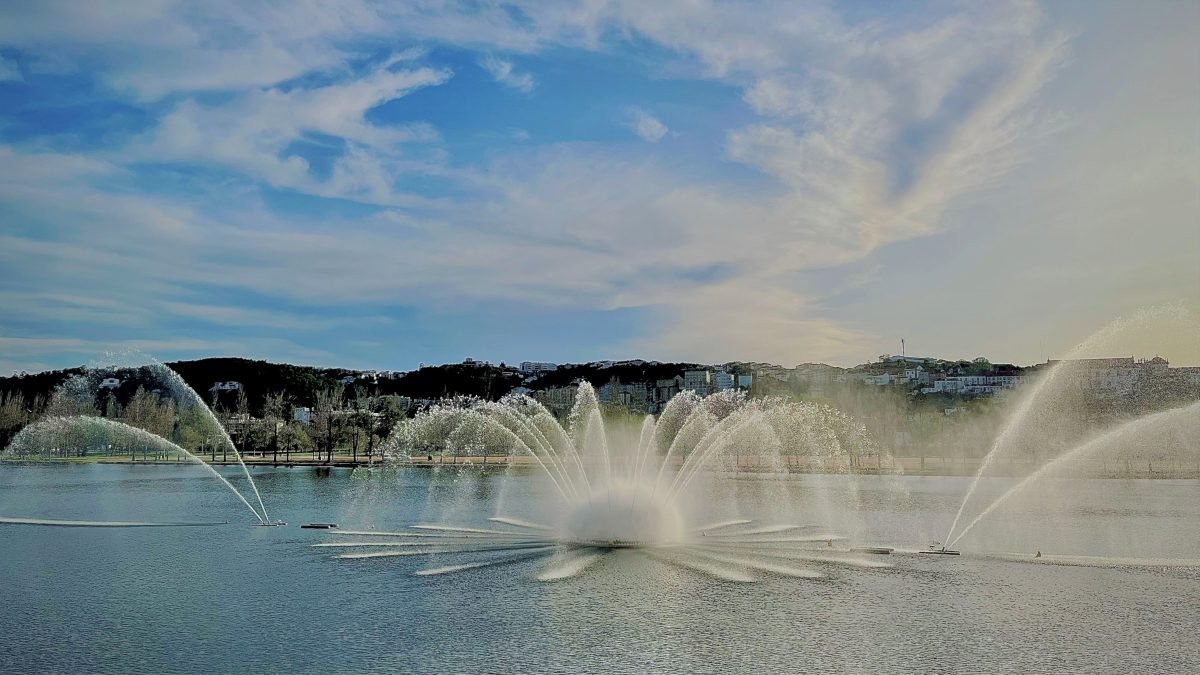Mondego River
The Mondego River
Rio Mondego, often known as the Mondego River, is the fifth largest river in Portugal and the longest within Portuguese territory, rising 4,675 feet (1,425 m). It comes from the Serra de Esrtela, Portugal’s tallest mountain range. Mostly in Mangualde da Serra parish, municipality of Gouveia. It flows through the entire Centro region (Beiras Region) and empties into the Atlantic Ocean near the city of Figueira da Foz.
Together with some other cities, it passes through Coimbra and gives a unique feel to the city. The “Parque Verde do Mondego” park is along the river, with a very tranquil atmosphere to take a calming stroll.
The view from the city over the river is lovely, as is the view from the river to the city. There are lots of open spaces to walk along the riverside, for example, the admirable Parque Manuel Braga.
There is also the Acude-Ponte dam, which was erected in 1981 in Coimbra, about 45 kilometers upstream from the river mouth.
Munda was the name given by the Romans to the Mondego River.
It means transparency, clarity and purity, its waters were like this back then. Throughout the Middle Ages, the river was still called with that. Several road and rail bridges span the Mondego River due to its size and importance.
For example, the Palhês bridge connects Cativelos (Gouveia) to Contenças de Baixo (Mangualde), the Caldas de Felgueira bridge (between the municipalities of Nelas and Oliveira do Hospital), the José Luciano de Castro (in Penacova), the Portela bridge, the Ponte Rainha Santa Isabel, the Ponte Pedro and Inês, the Ponte de Santa Clara and the Ponte do Açude and the bridge of Montemor-o-Velho, through A17 and the Edgar Cardoso Bridge in Figueira da Foz. A tourist boat in Coimbra allows you to enjoy a short excursion on the river between Parque Dr. Manuel Braga and Lapa dos Esteios.
Along a few kilometers, one can therefore examine the improvements lately implemented on both Mondego banks. Canoe tours on the Mondego River between Penacova and Coimbra are another sort of tourism that operates on the watercourse.
From upstream to downstream,it beaches of Ribamondego, Ponte Nova, Penacova, Palheiros / Zorro, and Pé Rodrigo stand out. A marina for recreational ships was developed in the estuary near to Figueira da Foz.





